Lesson 15: Proper Timing of Finishing Touches
As I work my way through detailing this painting, I'm bringing my focus to the mane, leaning into a playful, tousled look. For this stage, I prefer using large filbert brushes to keep the strokes loose and decisive. I’m pushing and pulling my shadows until I have the structure exactly where I want it, and then I can start building up my highlights.
Watch my MasterDemo to learn more.
Capturing the Mane’s Motion
With the mane, I’m not trying to capture every single strand; instead, I focus on clumps of hair, especially for a wild, unkempt horse like this. The goal is to give the impression of hair moving in the breeze. I want viewers to have an impression of what the mane looks like, rather than being bogged down by precise details.
Bright Highlights and Finishing Touches
Next, I bring in some of my brightest colors to capture the sunlight wrapping around the horse’s form. I mix a blend of Cadmium Yellow Deep and Cadmium Red, perfect for that sunlit glow around the mane and neck. In these final stages, I’m conscious of both the structure of the neck and hair flow when choosing the direction of my brushstrokes.
Deciding What to Emphasize
As I wrap up the mane, I selectively add details, thinking about where I want the viewer’s attention to go. Not every part of the mane needs intense detail; by concentrating the most contrast and intricate brushwork around the face, I naturally guide the viewer’s eyes right where I want them.
Laying in the Background
Before adding my brightest white highlights, I want to get the background laid down. The background will provide context and contrast for these highlights, and I want to make sure the horse is firmly in the foreground. As always, painting Alla Prima is all about knowing what order to complete your steps in for the most effective finished work.
Watch my MasterDemo to learn more.




